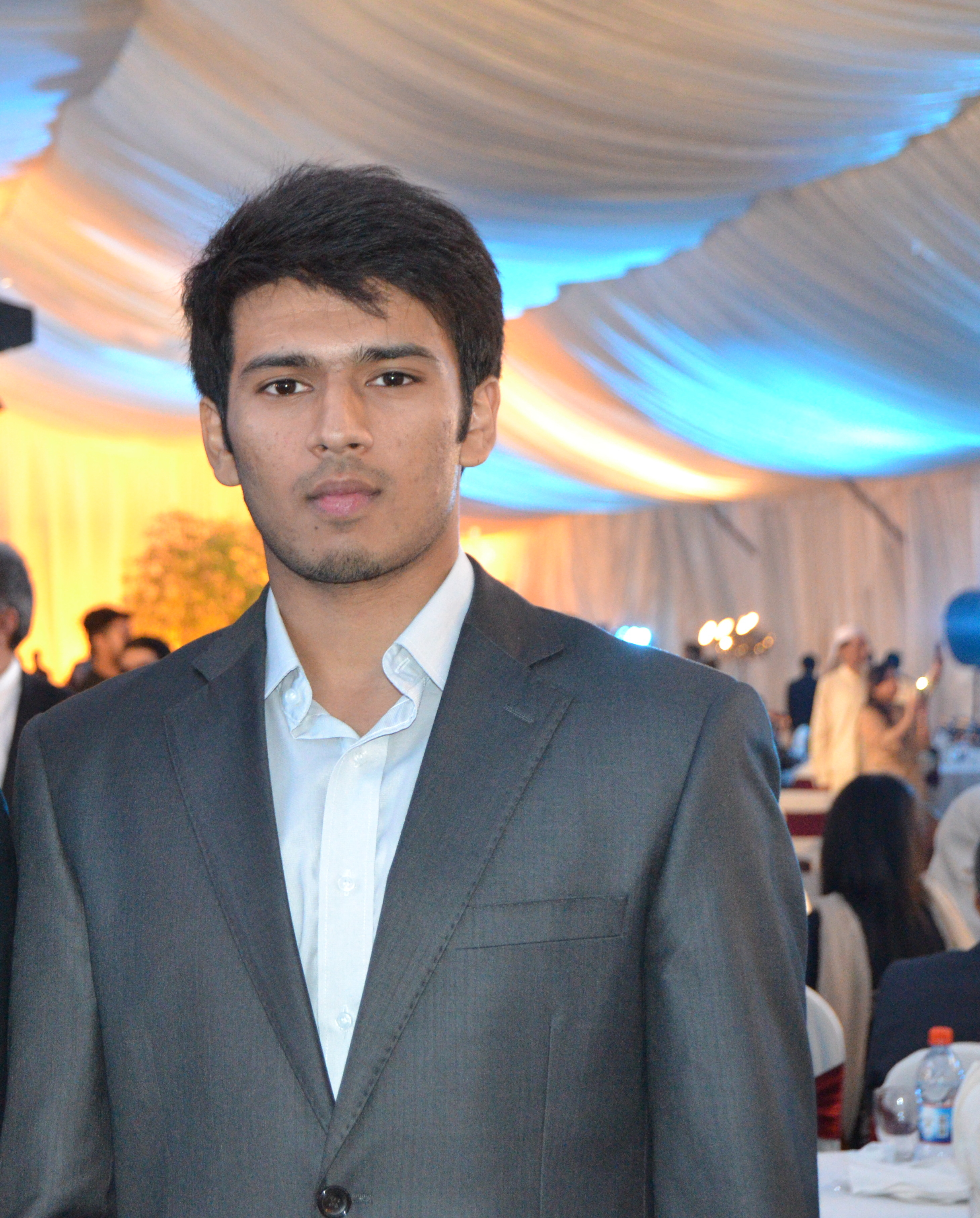Research Interests
-
My research interests span the broad areas of Signal Processing and Wireless Communication systems design and analysis. Particularly I am interested in the theoretical and practical aspect of following topics in these areas:
- MIMO Systems
- Synchronization Algorithms for Practical Receivers
- Full Duplex communications
- Interference Alignment and Cancellation
- Distributed BeamForming and Channel Estimation
- Baseband Algorithms for GNSS receivers and Wireless Positioning
- Stochastic Filtering with applications to Communication systems and Positioning
- Prototyping and Synchronization Algorithms for Practical Receivers
I am also interested in problems which make use of my acquired skill-set theoretical analysis, system design and practical realization of theoretical knowledge such as biomedical signal processing, online recommmendation systems, intelligent transport systems and synchronization of multi agent systems.
Research Experience and Projects
-
Layered Multiplexed Decode Forward (LMDF)
My final year project was the design and implementation of a co-operative communication scheme. We proposed a scheme that performs significantly better than the popular Two Hop Decode-Forward. The performance of our scheme LMDF was validated by OTA experiments using National Instruments USRPs. Initial work on this scheme will be presensted at GLOBECOM 2015 , San Diego CA. This work was performed under Dr. Momin Uppal. The MATLAB based single carrier baseband receiver that we developed and used for this project has been made available at Mathworks FileExchange.
Currently we are working on extending the scheme to a wideband channel using OFDM modulation. This involved the design of a WIFI type physical layer for actual experiments and optimized code design for this scheme. I have also performed information theoretic analysis for the scheme under a wideband channel model (TGN) and hard decision bit decoding. This work is in the final stages for submission to IEEE Transactions on Wireless Communications. I am also exploring waveforms for 5G networks and Non-orhtogonal Multiple Access Schemes in context of Device-to-Device communications with Dr. Momin . -
GPS Receiver Design and Baseband Algorithms
I worked with Dr. Muhammad Tahir on the design of a software defined baseband GPS receiver. This receiver design too was tested on real data , acquired throught a RF front end for GPS. While working on the initial receiver design, we proposed an improved PLL structure which was then presented at IEEE ICSIPA '15 KualaLampur, Malaysia. We have incorporated a tracking loop structure based on Kalman Filtering in our receiver. We have also worked on linear and non-linear filtering methods for carrier smoothed pseudorange positioning. A paper from our recent work is now under review at IEEE Aerospace Conference. This project gave me hands-on experience with PLLs, DLLs, Kalman Filters, Non-linear Fitering and an in-depth knowledge of GPS receivers. Currently we are exploring applications of GPS to vehicle localization and in-lane positioning.
Major Undergraduate Course Projects
- OFDM physical layer This project involved the design ofthe physical layer of OFDM including all syncronization stages : 0) Buffering 1) Frame Syncronization 2) Frequency Offset Estimation 3) Channel Estimation 4) Equalization. The receiver design was successful in conducting OTA experiments using USRPs.
- Acquisition Stage of GPS receiver on FPGA The acquisition stage of GPS satellites was implemented on an actual FPDA board. Specific tasks invovled were the generation of a Pseudo-Random sequence, taking FFT and interfacing with a PC.
- Automatic Analysis of NPN MOSFETs I designed a circuit that determined the I-V curves of any inserted NPN device for different values of Gate-Source voltage and plotted them on MATLAB by interfacing using a ADC.
- Autonomous Robot for NERC A completely autonomous robot, with prior knowledge of unknown map of mulitple possible permutations was designed. The robot navigated through the map and plotted balls in boxes.
- Earth Map Using Multi-Colored LEDs A digital ciruit was designed and planted on a rotating sphere. When spun at a particular speed the blinking of the multi-coloured LEDs synchronised with the location of land and water and gave the illusion of an actual map.
- Wall Following Robot A wall following robot using analogue circuitory was designed.


 +92-331-6479001
+92-331-6479001
 khurram-usman
khurram-usman